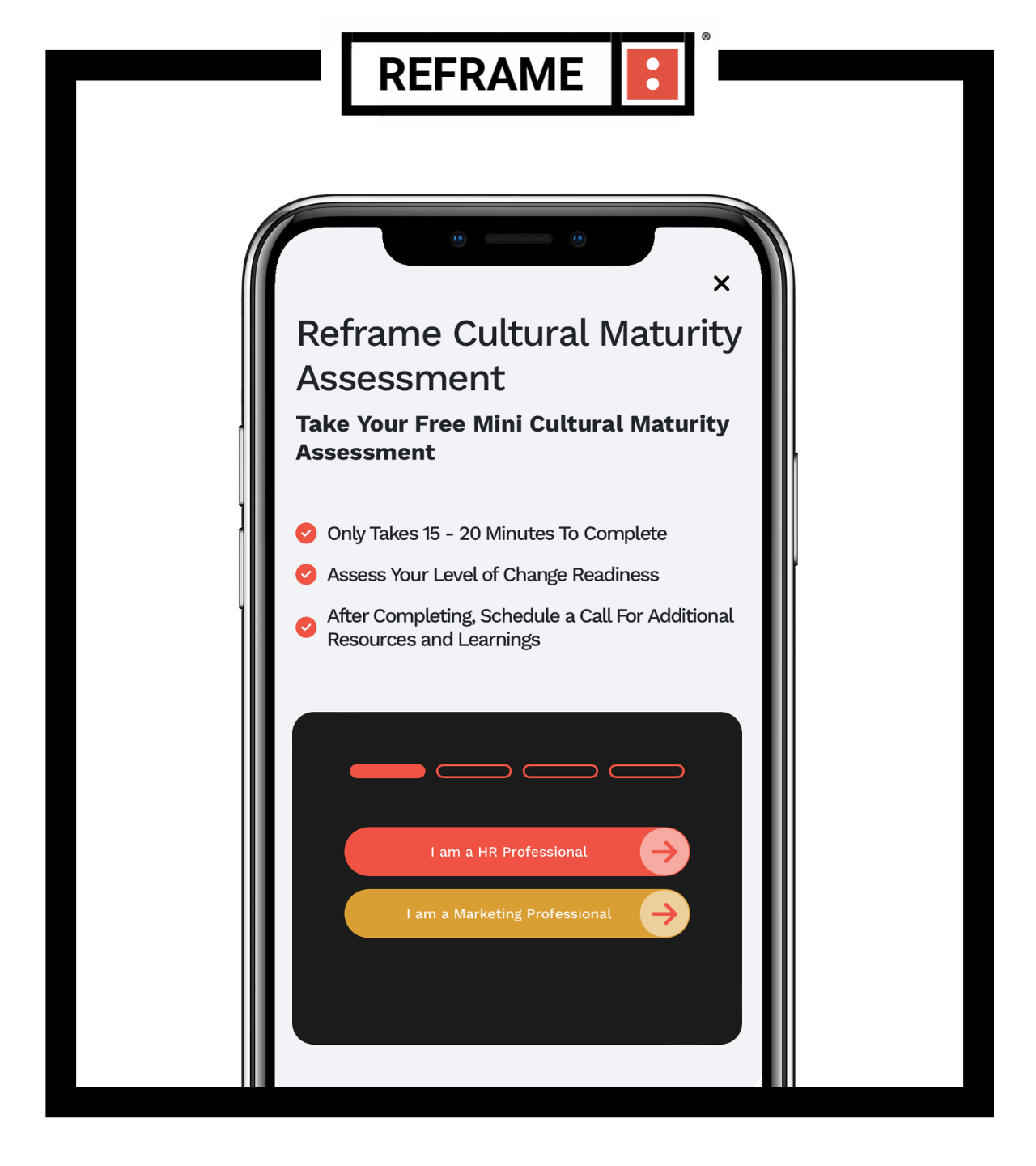Cultural Maturity Phase IV: The Leading Stage
The Leading Stage
Companies who are both practicing enterprise cultural maturation and establishing best practices are in Phase IV of their cultural maturation. Taking action is commonplace. Optimizing those actions becomes the focus. This time of informed reflection and refinement is known as “The Leading Phase.”
While some departments within larger enterprises may be nearing this phase, few companies have reached this stage at a holistic level. To qualify organizations will have had to mastered Segmentation, fully aligned resources across the board, and embedded the necessary Systems to see it through.
To move onto the fifth and final stage, however, they will need to have refined all 5 S’s to a seamless, “best in class” operation. Their Strategies and Structures will also have to extend beyond the company walls and into the vendors they choose to engage.
Symptoms – The organization is acting on mature strategies and sound processes but…
Specific audience segments still often undersample minority groups.
Practice adoption isn’t 100% complete, leading to mixed procedures across the organization. Departments aren’t yet able to fully able to benefit from cross-functional learning and communication. Employees using new technologies, capable of capturing a full and realistic portrait of the total addressable audience, may lack the know-how to use them to their fullest extent. Best practices are still being defined and adopted.
Example –
A beverage company is in the midst of a workplace cultural transformation moved far beyond the need of establishing a vision or mission. They’ve gotten alignment from all relevant parties. They’ve begun to message to their audiences in a cross-cultural fashion.
For example they no longer start with seeking out a Latino population in South Florida, instead, they reach out to local neighborhoods and appeal to the residents of those neighborhoods with a shared insight. The shared insight leads them to a defined ambition. Something that audience, in that neighborhood, can relate to across ethnic segments. An ambition that similarly relates to (or is paid off by) their product. This results in a campaign that is ambition or target driven first and then delivered to different ethnicities, not the other way around.
Their challenge lays in finding insights versus targeting, or in connecting with their desired audience. It lies in refining those insights, efforts, and connections and ensuring the findings and best practices are disseminated throughout the organization across every product and every campaign.
In order to maintain and refine their learnings, they have to educate and retain their talent. A lost employee can mean a lost insight, or at least a loss in time spent to train a new hire.
This phase IV, organization, therefore has found its marketing efforts intrinsically reliant upon its human resource efforts and vice versa. It’s people practices must be as modern as its marketing practices.
Valuation of Segments.
When a brand is in the growing stage, it is just beginning to master the art of segmentation. This is a period of trial and error where departments now armed with the right thinking and technologies begin to learn how to truly zero in on the insights necessary to engage the new marketplace.
A common learning hurdle is discovering how to best sample minority audiences. This is especially true when additional demographics are layered (e.g. the Millennial audience).
In order to #closethegap, the organization will need to refine its best practices, collaborate well, and agree upon a shared direction from the top down.
Structure.
There is full buy in on the value of pursuing the new marketplace opportunity across the organization. This extends from the executive suite down. The challenge now lies in aligning the adoption of the strategy at every employee level. In order to maintain consistency, existing employees must be retained in order for their discoveries to be impressed upon new hires. New hires must be immersed early on and often.
Strategy.
By phase IV, the strategy has “buy-in” across all relevant departments. However, the departments themselves are learning the best way to implement said strategy. This can lead to variations on a theme instead of the entire organization utilizing best practices. A lack of cross organization collaboration must be addressed.
Systems.
Most often these organizations now share a combined vision and/or experience necessary and have realized that an investment in sophisticated technologies is a sound one. Legacy systems are evaluated and often refined or exchanged. The struggle becomes education and adoption. The more seamlessly a technology is adopted, the more successful the organization will be.
Solutions.
Organizations may still rely on vendors and partners to strategically pursue higher growth segments (e.g. localized events by target audience). The partners they choose are usually asked to play to a specific target (e.g. Millennials, US Hispanic, African American, Asian). In the case of cultural maturity, this can compromise all other efforts.
Organizations looking to ensure their workplace becomes new marketplace ready should ask themselves the following questions:
– Have I invested in employee training so that my employees are comfortable adopting new practices and new technologies?
– Is my organization fully encouraging collaboration so that we might truly benefit from shared insights and communication?
– Does my organization benefit from true total addressable marketplace insights?
– Is it our ambition to make adopting these practices and systems everyone’s responsibility realized?
– Are we engaging with vendors who are capable of helping us realize our ambition?
This is not an exhaustive list of questions, but the more no’s your organization truly arrives at, the more self-aware you are and thus you may find your workplace is better equipped for the new marketplace.
This article is the fourth in a series of five posts outlining the cultural maturation many companies experience. If you’d like help in accelerating the cultural maturity at your organization please reach out to us at contact@getreframe.com and/or download the full industry report.
Liked this read? You may also want to consider reading the following posts:
How to Assess Your Organizations Level of Cultural Maturity
Cultural Maturation Phase III: The Practicing Stage
MillerCoors Marketing Executive Explains How They Are Working To #CloseTheGap
Related Blog Articles






